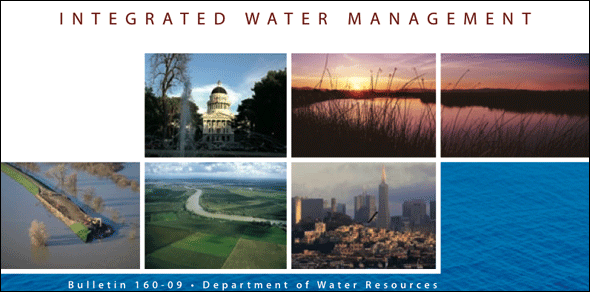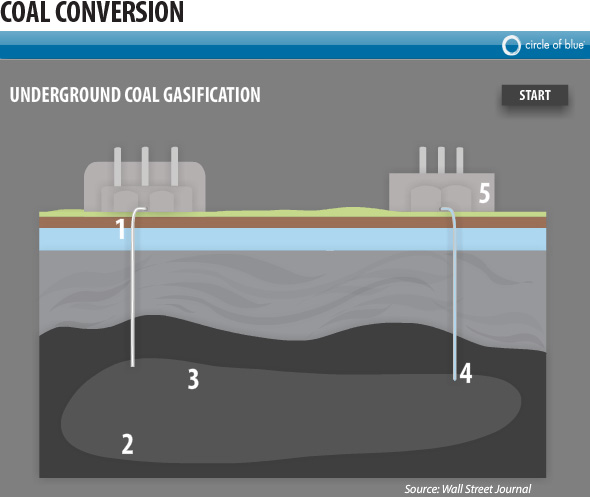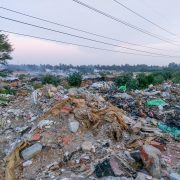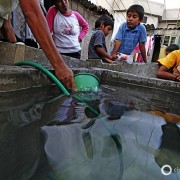2009 California Water Plan Published
Report recommends upgrading the state’s information base to improve user understanding of the water system.
California needs to improve its collection of water data and communication between water agencies to reduce uncertainty in its water management planning according to the 2009 state water plan, released this week.
The plan, which is updated every five years, states that, “investment in our analytical capabilities lags far behind the growing challenges facing water managers.”
The latest water strategy highlights wide data gaps and poor methods of exchanging information between different water management agencies in the state. While the quality of data collected varies by region, the plan notes the lack of broad knowledge about groundwater recharge rates, surface water flows, consumptive use by natural vegetation and soil moisture properties.
Some of these deficiencies have already been recognized by officials.
A package of water bills on the November ballot includes legislation that will require groundwater monitoring.
Meanwhile better data needs to be combined with common standards for reporting and measurement. According to the report, there are four separate statewide surveys assess urban water use, which needlessly waste state resources and result in inconsistent data reporting.
To facilitate communication between state, regional and local agencies, the state is developing the Water Planning Information Exchange—a centralized Web site for water data. A trial version of the site, called the Integrated Water Resource Information System, was launched in May 2008.
For the first time, the state water plan incorporated multiple growth scenarios to get a better understanding of the range of possible water needs. One scenario projected from current trends in population growth, land use changes and conservation targets while the other two used high-growth and low-growth models.
All of the scenarios predict a decrease in agricultural use as farmland is developed by urban areas and on-farm water efficiency increases. The biggest variables, however, are climate change and unmet environmental requirements. Extreme shifts in precipitation patterns could reduce the overall water supply and require more water be left in rivers to support fish and aquatic life.
“Our new reality is one in which we must manage a resource characterized by uncertainty and vulnerability due to climate change and changing ecosystem needs,” Lester Snow, Secretary for Natural Resources, said in a press release.
The state water plan can recommend courses of action, but the 21 state agencies involved in creating the plan do not have the power to mandate actions or authorize spending.
Among the plan’s other recommendations are more efficient water use, improvements to water quality, investments in new technology and restoration of the Sacramento-San Joaquin Delta.
Read more from Circle of Blue about the Pacific Institute’s recommendations for improving agricultural water efficiency using existing technology.
Brett writes about agriculture, energy, infrastructure, and the politics and economics of water in the United States. He also writes the Federal Water Tap, Circle of Blue’s weekly digest of U.S. government water news. He is the winner of two Society of Environmental Journalists reporting awards, one of the top honors in American environmental journalism: first place for explanatory reporting for a series on septic system pollution in the United States(2016) and third place for beat reporting in a small market (2014). He received the Sierra Club’s Distinguished Service Award in 2018. Brett lives in Seattle, where he hikes the mountains and bakes pies. Contact Brett Walton











Leave a Reply
Want to join the discussion?Feel free to contribute!